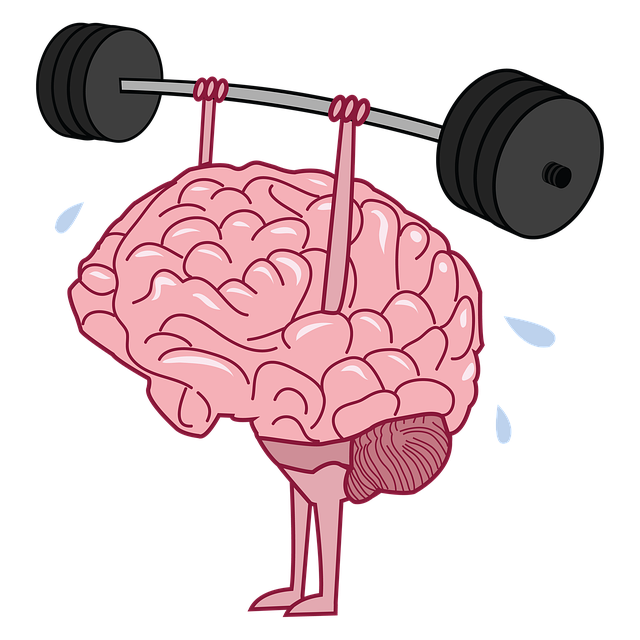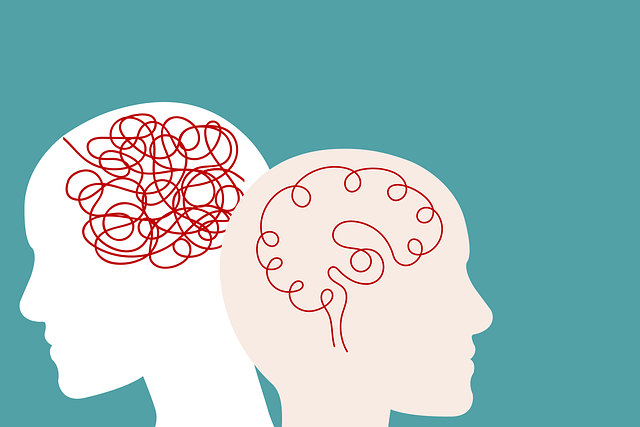Mental wellness program evaluations, such as those for Lakewood Sexual Dysfunction Therapy (LSDT), utilize a multi-faceted approach combining surveys, interviews, and behavioral observations. These evaluations assess individual improvements in self-awareness, self-care, and broader psychological outcomes like self-esteem and life satisfaction. By integrating direct therapy results with indirect benefits like improved relationships and enhanced coping mechanisms, programs can be tailored to better serve their target populations. Holistic measures like meditation and stress management provide a complete picture of mental wellness improvements, including emotional resilience and quality of life enhancements. Evaluations also include risk assessments and data-driven insights from pre-post surveys to gauge intervention effectiveness and facilitate continuous improvement.
Mental wellness program evaluations are essential in measuring the effectiveness of interventions like the Lakewood Sexual Dysfunction Therapy. This article explores comprehensive methods for assessing such programs, focusing on understanding key evaluation techniques and their impact on participant outcomes. We delve into specific strategies to evaluate the success of Lakewood Sexual Dysfunction Therapy, highlighting best practices for enhancing mental health services and improving client well-being.
- Understanding Mental Wellness Program Evaluation
- Methods for Assessing Lakewood Sexual Dysfunction Therapy Effectiveness
- Measuring and Enhancing Participant Outcomes
Understanding Mental Wellness Program Evaluation

Mental wellness program evaluation is a systematic process that measures the effectiveness and impact of interventions aimed at enhancing psychological well-being. It involves assessing various aspects, from individual improvements in self-awareness exercises and self-care practices to broader outcomes like increased self-esteem and overall life satisfaction. This evaluation is crucial for understanding what works, identifying areas for improvement, and ensuring resources are allocated efficiently.
For instance, a program focused on Lakewood Sexual Dysfunction Therapy may utilize surveys, interviews, and behavioral observations to gauge participants’ progress. By evaluating both the direct outcomes of therapy sessions and indirect benefits such as improved relationships or enhanced coping mechanisms, the program can be refined to better serve its target population. Incorporating self-care strategies like meditation and stress management into the evaluation framework enables a holistic understanding of mental wellness improvements, including changes in emotional resilience and overall quality of life.
Methods for Assessing Lakewood Sexual Dysfunction Therapy Effectiveness

Evaluating the effectiveness of Lakewood Sexual Dysfunction Therapy (LSDT) requires a multi-faceted approach to measure its impact on individuals’ sexual health and overall mental wellness. One method is through participant self-reporting, where individuals fill out questionnaires assessing their sexual function, satisfaction, and any perceived changes in emotional well-being before and after the therapy program. This qualitative data provides valuable insights into the personal experiences of those involved.
Additionally, mental health professionals can employ risk assessment tools to gauge the success of LSDT. These assessments help identify potential risks or challenges that may arise during therapy and allow for prompt intervention. By combining self-reporting with structured risk evaluations, therapists can effectively monitor progress, track improvements in resilience building, and adapt their emotional well-being promotion techniques as needed.
Measuring and Enhancing Participant Outcomes

Evaluating a mental wellness program goes beyond simply collecting feedback; it’s about quantifying and qualifying participant outcomes. By utilizing robust assessment tools, programs can measure improvements in key areas such as anxiety levels, depression symptoms, and overall life satisfaction. These metrics provide valuable insights into the effectiveness of various interventions, allowing for data-driven adjustments to treatment plans.
For instance, a program focusing on Lakewood Sexual Dysfunction Therapy might employ pre-post surveys to assess participants’ sexual health literacy, communication skills (like those taught through conflict resolution techniques), and stigma reduction regarding mental illness. Additionally, tracking burnout prevention strategies for healthcare providers involved in the program can offer a holistic view of its impact. Such evaluations enable continuous improvement, ensuring that services remain relevant and beneficial to all stakeholders, from patients to therapists.
Evaluating mental wellness programs, such as the Lakewood Sexual Dysfunction Therapy, is paramount to understanding their effectiveness and ensuring positive participant outcomes. By employing robust assessment methods, we can measure the impact of these programs accurately. This article has explored various techniques, from understanding the fundamentals of program evaluation to specific methods tailored for sexual dysfunction therapy. Ultimately, by combining qualitative and quantitative approaches, we can gain valuable insights into what works best, enabling us to enhance and optimize therapeutic interventions for improved mental wellness.










